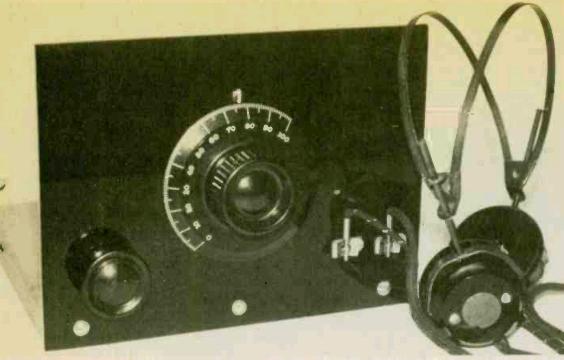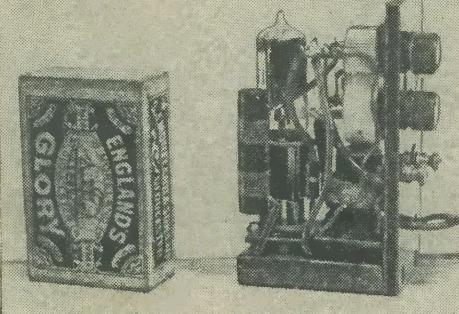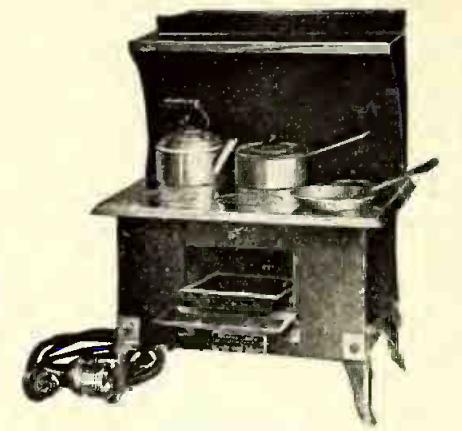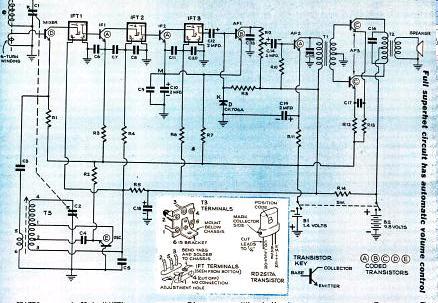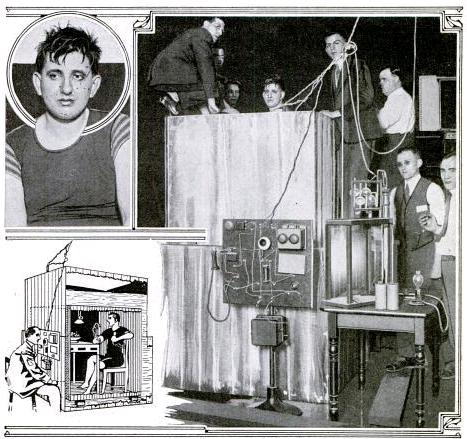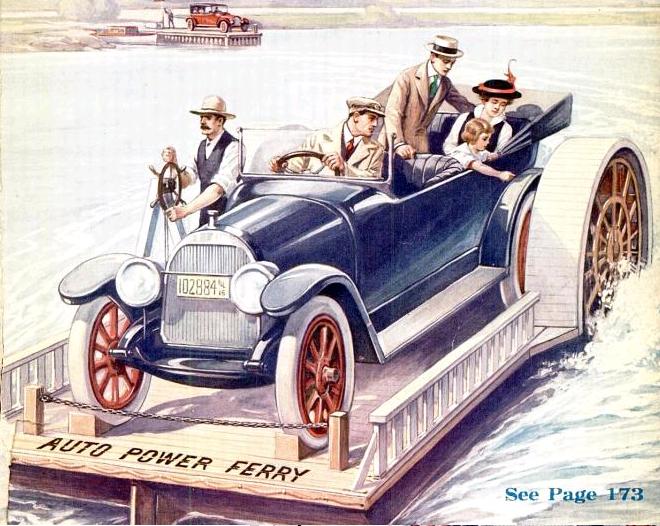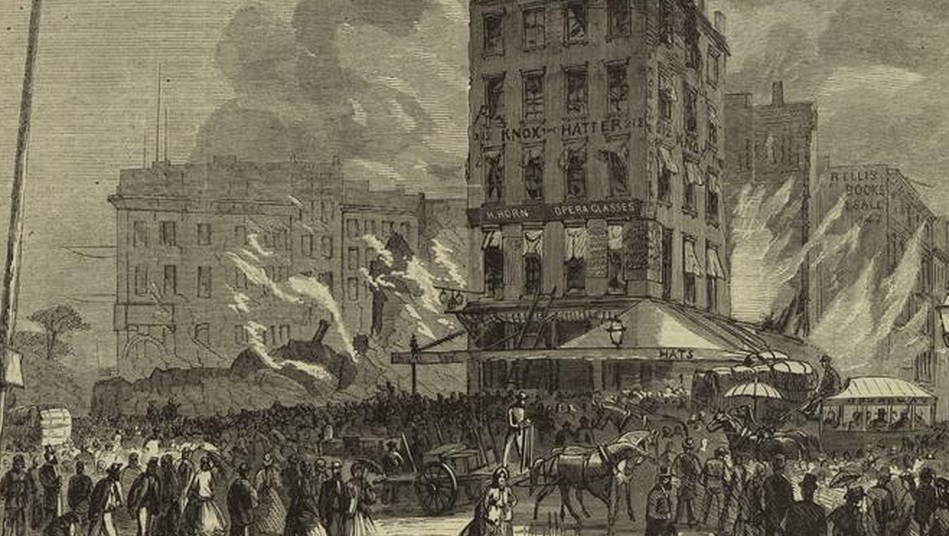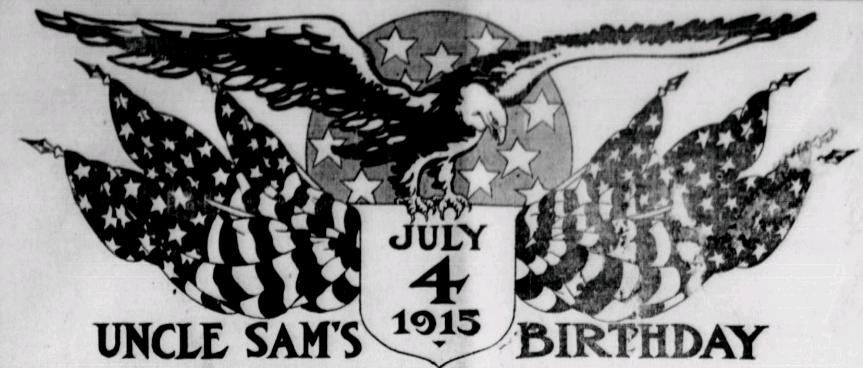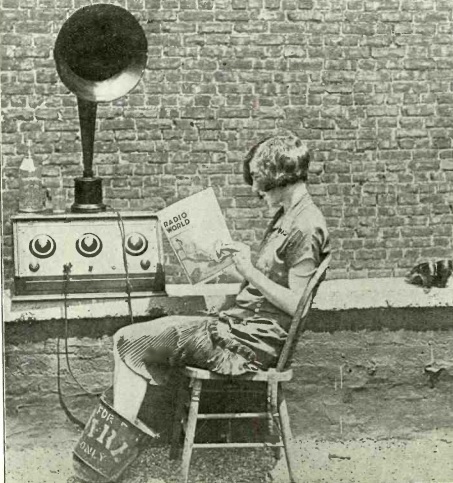Nostalgia is nothing new, and today, we take a nostalgic look 35 years back at the November-December 1980 issue of Elementary Electronics. That magazine was itself taking a nostalgic look back at the early days of radio with a construction article for this one-tube regenerative receiver, similar to the circuits in use in the 1920’s. The author, James Rozen, notes that “even if you are somewhat of an advanced hobbyist, you can still delight in an antique technology as you listen to the radio by the glow of your venerable vacuum tube.” Our readers will certainly agree with that sentiment.
Even in 1980, some of the required parts were becoming unobtanium, and the author gives some pointers on tracking them down, many of which are still valid today. He starts by pointing out that while the plans call for a type 30 tube, many other suitable replacements will work just fine, and he lists a number. The only modifications that would need to be made are the tube sockets and filament voltages. He notes that the coil forms “are becoming rare items,” but could be found “if you scrounge enough.” Today, even the most dedicated of scrounger might face difficulty. But the good news is that you can make them yourself quite easily with a burnt out tube (of which millions still exist) and a piece of PVC pipe, along with some patience and glue. AA8V’s site has a good set of instructions for doing so. And for pointers on finding other parts that might be hard to come by, check out my crystal set parts page and my how to stock your junk box page.
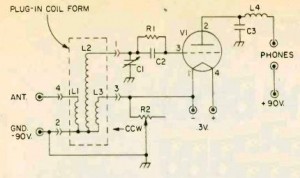 The circuit itself is a very straightforward regenerative receiver covering the broadcast band. In addition to the tube and plug-in coils, it includes a tuning capacitor, a variable resistor for the regeneration control, two fixed capacitors, one fixed resistor, and one RF choke. The set is mounted on a 7×8 inch wood base. The example shown here uses a plastic front panel, but it is pointed out that almost anything will serve the purpose.
The circuit itself is a very straightforward regenerative receiver covering the broadcast band. In addition to the tube and plug-in coils, it includes a tuning capacitor, a variable resistor for the regeneration control, two fixed capacitors, one fixed resistor, and one RF choke. The set is mounted on a 7×8 inch wood base. The example shown here uses a plastic front panel, but it is pointed out that almost anything will serve the purpose.
In the 1920’s, someone would make a set like the one shown here because it would be an inexpensive way to get a receiver as good as any commercial set. Half a century later, it was an exercise in nostalgia. But there’s nothing wrong with nostalgia.
Click Here For Today’s Ripley’s Believe It Or Not Cartoon
![]()

